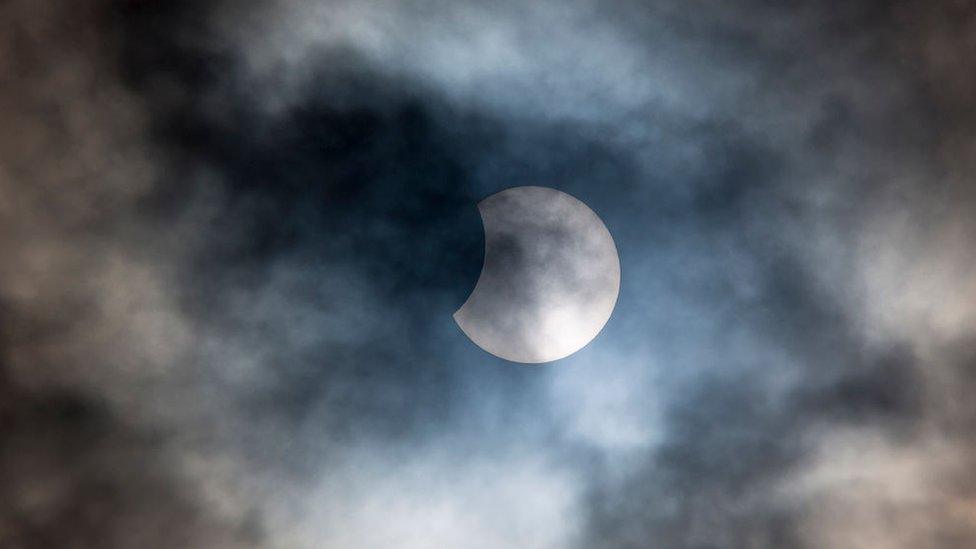Mediterranean UV levels in Northern Ireland prompt sun warning
- Published
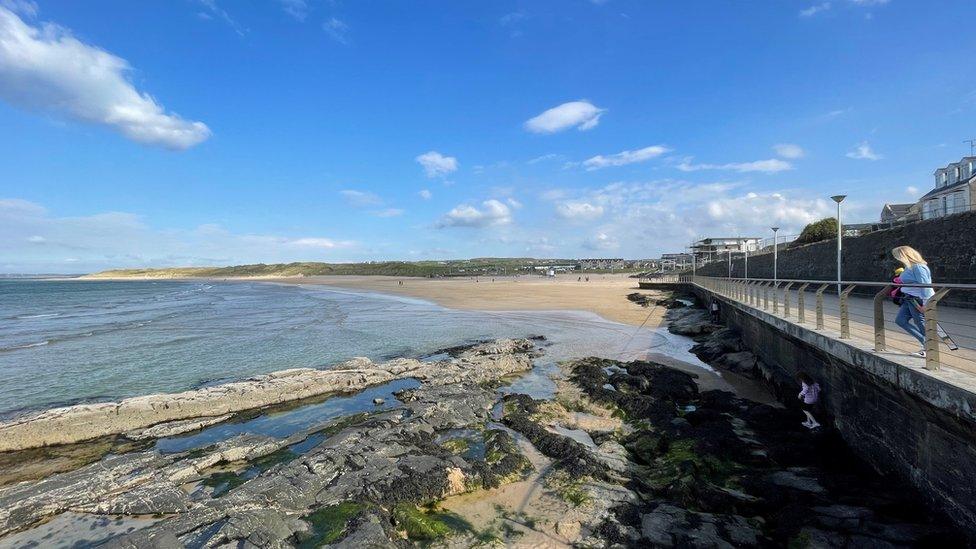
Temperatures in Portrush last weekend hit 22C
Covid-19 travel restrictions mean staycations are the only holidays many of us can look forward to for a while.
While our island, on the edge of the vast Atlantic, may not provide the hot sunny Mediterranean weather many crave, there is still a danger of sunburn.
It might be hard to believe, but damaging UV rays from the sun can be just as strong here, especially during the summer months - so we need to protect ourselves.
In fact, according to the UK Department of Environment, on Sunday 13 June UV levels in Belfast reached 9 on the Solar UV index, external.
On a scale from one to 11, that is rare and "very high", according to the Met Office, which says such levels are common in the Mediterranean area, external.
This was due to a number of things including stratospheric ozone depletion, the position of the sun in the sky and lack of cloud cover (at times).
Ozone in the stratosphere absorbs much of the UV radiation before it reaches the ground.
It was reduced over Northern Ireland by about 20-25% at this time, resulting in the very high value.
What is the UV Index?
The UV Index (or UVI) is a standard international measure of ultraviolet radiation emitted by the sun which penetrates the Earth's atmosphere and can cause sunburn.
Index values start at zero and then can rise above 10.
The higher the UVI, the greater the potential for damage to the skin and eyes and also the less time it takes for harm to occur.
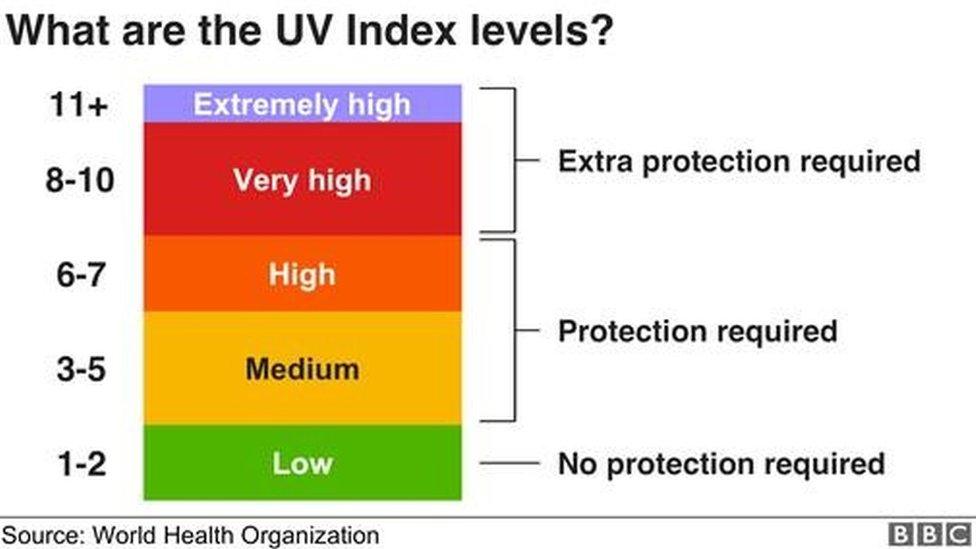
Damaging rays
Skin cancer is the most common cancer in Northern Ireland and the Republic of Ireland.
The UV rays from the sun can damage skin cells before your skin tans or burns - even on cool and cloudy day.
"It's that time of year when we spend more time outdoors and it's important to be aware of UV levels - it's just as important at home as abroad," Marbeth Ferguson, from Cancer Focus NI said.
"Just because it's cloudy or cool doesn't mean we aren't damaging our skin.
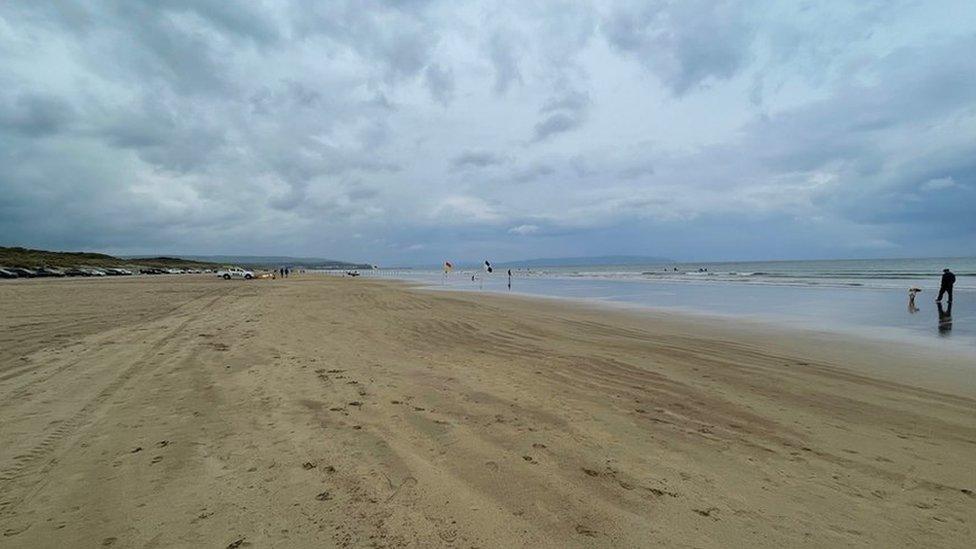
People should be aware of potential sun damage, even on cloudy days like this at Portstewart
"Skin cancer rates have been increasing since the 1980s and on average 11 people every day in Northern Ireland are told they have a form of skin cancer.
"People think having a tan is healthy and attractive, but from a medical point of view this just shows that your skin has already been damaged."
Protect yourself
UV levels peak between 11:00 and 15:00 each day.
When they reach three or more, according to experts, that is when we need to protect our skin and eyes.
Our weather is very changeable and can sometimes fool us into thinking we are safe, but levels during the summer months are typically above three every day.
We do need some exposure for our bodies to make vitamin D - but just a short amount of exposure on a regular basis is enough.
"We know that, in Ireland, the vast majority of people have fair skin and will burn very quickly," says Kevin O'Hagan from the Irish Cancer Society.
"We would encourage people to enjoy the sun - we need it for Vitamin D - but do so safely by seeking shade at the hottest part of the day, and put on protective clothing, a hat, sunglasses, and sunscreen."
The charity is also warning people of the temptation of using sun beds instead to get a tan.
"It's estimated that UV rays from a sun bed are around 15 times stronger than the Mediterranean sunshine, so we would discourage against using them at all.
"Experts reckon that the use of a sun bed before the age of 35 increases the risk of melanoma cancers, which are more serious, by around 75%.
"Skin cancer is the number one cancer across Ireland but is perhaps the most preventable of all."
UV levels for your location can be found on the BBC Weather app and website.
Related topics
- Published10 June 2021
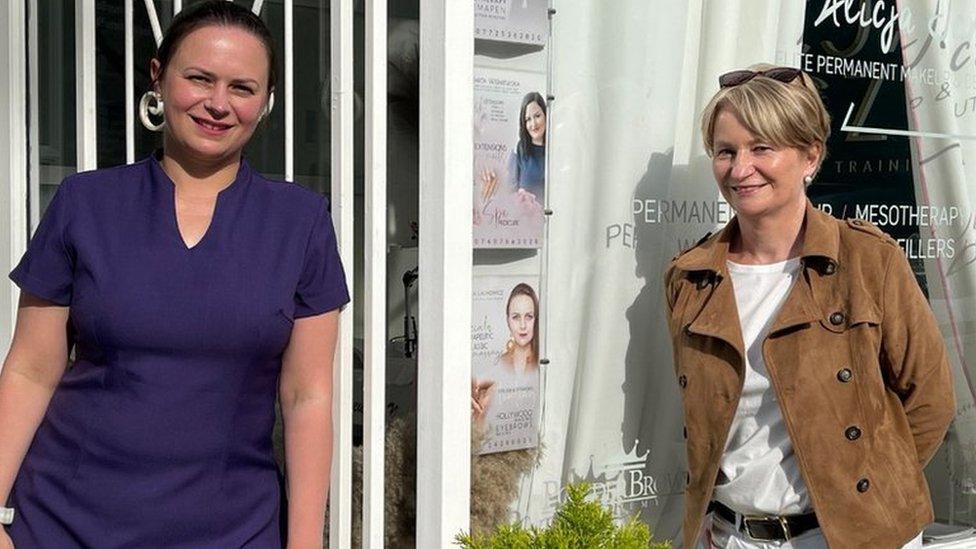
- Published9 June 2021
